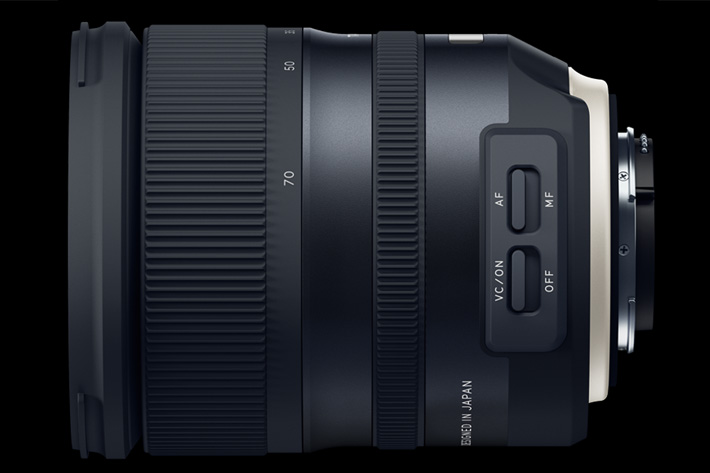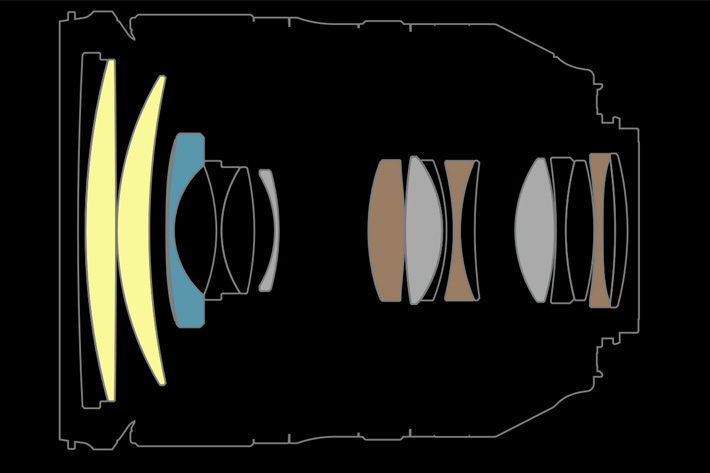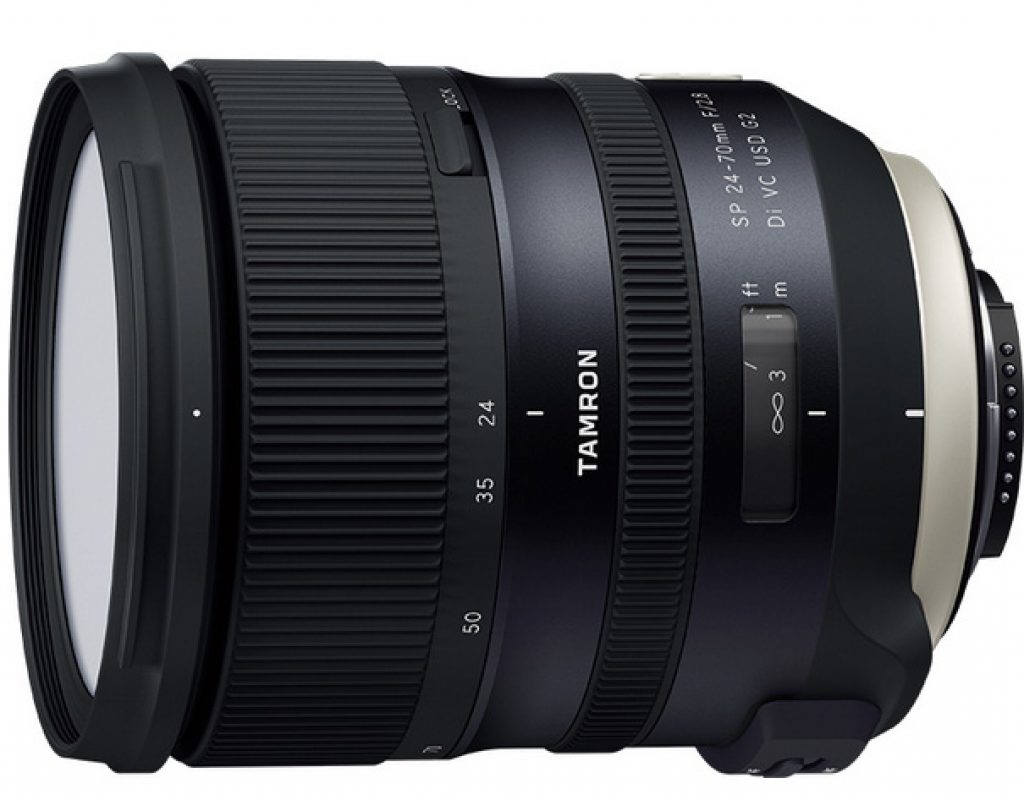
The new Tamron SP 24-70mm F/2.8 Di VC USD G2, for full-frame DSLR cameras, is another sign of Tamron’s refreshing it’s line up, while competing with Canon and Nikon in terms of price.
The Tamron SP 24-70mm G2 in Nikon mount will be available in August and the Canon mount in September at $1199, clearly competing with the prices offered by both camera makers on their similar models. If one considers that we’ve reached a point, in terms of technology, where there are not many differences between the quality of lenses from – some – independent makers and those from Canon and Nikon, it makes sense to explore the options available. Besides, this makes Canon and Nikon have to rethink their prices.
The new model, which Tamron presents as “improved best-in-class, high-speed zoom lens” covers the more than classic zoom range of 24-70mm, with an equal classic aperture of f/2.8. While many who wish to have this zoom don’t really need such a luminous aperture – and should not really use it for some photography, because of the shallow DOF – the truth is that having a 24-70mm f/2.8 is, for some people, a matter of status. Besides, this is a heavy lens – 905 g (2.00 lb) -, when one considers its zoom range, so think twice before reaching out for one.

If you really need the wide aperture of this zoom, then you’ll probably be happy with what this lens has to offer. Although I am writing this note based on the information provided by Tamron, I’ve no reason to dobut they did the best they could to create a zoom lens “designed to maximize the potential of the latest high-pixel-density cameras while delivering best-in-class image quality”.
Tamron claims the lens delivers ultra-high image quality, and points to three areas where the new zoom excels: image stabilization, improved AF speed and accuracy and superb performance even in backlit scenes. This makes the new Tamron SP 24-70mm F/2.8 Di VC USD G2 an excellent choice for everything: landscape, portrait, news, travel and many others.
To achieve its goals Tamron used the new Dual MPU (Micro Processing Units), which provides rapid autofocusing with improved accuracy and the highest vibration compensation performance of any lens in its class (CIPA level of 5 stops). The lens is also equipped with Tamron’s proprietary VC (Vibration Compensation) system. Adding an MPU dedicated to VC processing unleashes a new-generation algorithm, ensuring the highest vibration compensation ability. According to Tamron, “the MPUs have powerful, built-in DSP (Digital Signal Processor) blocks that achieve quicker and more precise AF performance, and more consistently powerful Vibration Compensation. The features combine to provide outstanding performance at night and in low light.”

The optical construction (17 elements in 12 groups) uses 2 XR (Extra Refractive Index) elements, 3 LD (Low Dispersion) elements, 3 GM (Glass-Molded aspherical) and one hybrid aspherical lens element. Together they minimize axial chromatic aberrations, transverse chromatic aberrations, spherical aberrations and distortion, and allow a compact design that achieves superior image quality.
The use of specialized, high quality glass materials (offering greater optical transmittance) for the lens element assures superior color reproduction and greater sharpness, while the application of Tamron’s exclusive nanotechnology-based eBAND Coating substantially curbs the ghosting and flare that are prone to occur in backlit photography, successfully improving the overall optical performance of the lens. Additionally, model the lens provides the added conveniences of protective Fluorine Coating, Moisture-Resistant Construction and a locking lens hood.
This new lens contributes to the enhanced SP series from Tamron, not only in terms of external design, which is new, but also in terms of optical and mechanical design. Introduced in 1979, the SP (Super Performance), was reintroduced in 2015, with new lenses, compatible with full-frame DSLR cameras, offering image stabilization and wide apertures, a family which is growing. Tamron is also known as the pioneer in the development of compact high-ratio zoom lenses. The company introduced the concept in 1992 when it released the 28–200 mm. Recently Tamron released the a zoom that is the dream of many: the Tamron 18-400mm F/3.5-6.3 Di II VC HLD, for APS-C DSLRs.

Filmtools
Filmmakers go-to destination for pre-production, production & post production equipment!
Shop Now













